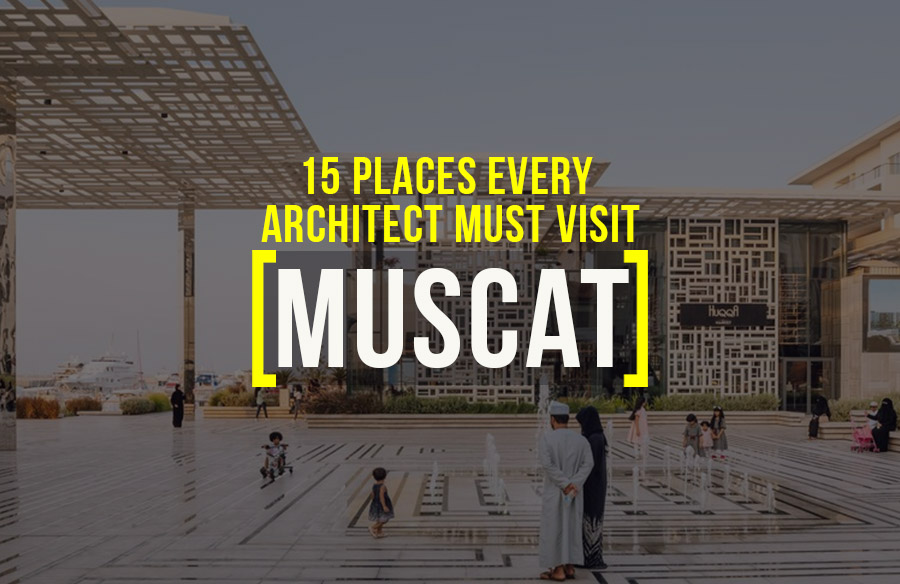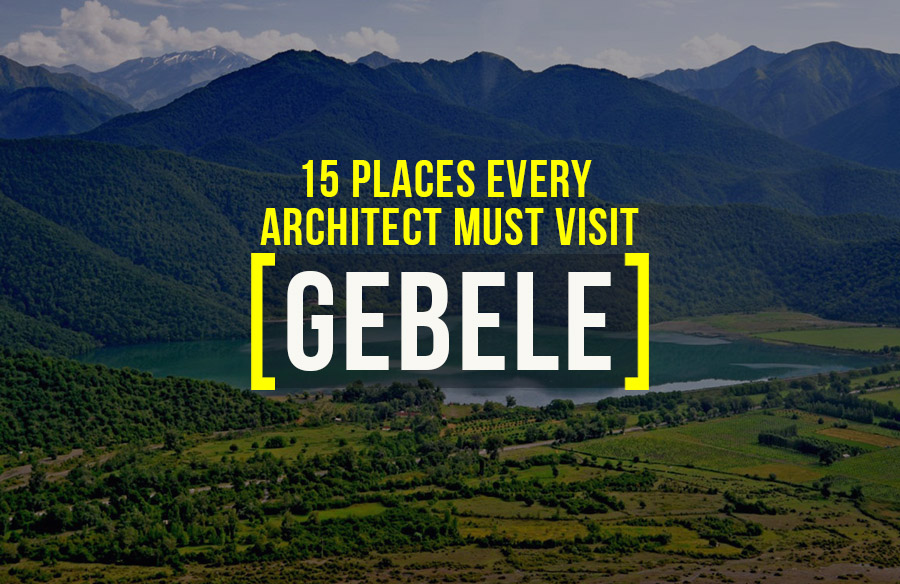Being one of the top five most visited places in the world, Singapore is not only a highly developed city state but also has earned the title of a global city. Starting off as a trading port for the British Empire, the city has now become a global economy by capitalizing on its external trade and workforce.
Due to the existence of a variety of cultures, it has a medley of different architectural styles influenced by colonial period and later on, by urbanization. The city has a diverse range of structures, including traditional Malay Houses and Shop Houses to international style skyscrapers and residential complexes.
Here are 15 must visit places for architects in Singapore-
1.Marina Bay Sands-
Designed by Moshe Safdie, Marina Bay Sands is an integrated resort with three hotel towers which are linked to each other through a continuous lobby. Additionally, it consists of a convention center, two large theatres, art science museum and the world’s largest atrium casino. Its most distinctive feature is the 3 acre Sky Park on top of the building which bridges all the three towers.



2.Art Science Museum-
Located within the integrated resort of Marina Bay Sands, it is the world’s first art science museum. Designed by architect Moshe Safdie, its form takes inspiration from the lotus flower. It consists of 10 extensions referred to as fingers, denoting gallery spaces. Each gallery consists of skylights for illumination of curved interior walls.



3.Helix Bridge-
Helix Bridge is a pedestrian bridge made of stainless steel with a total length of 280 meters. The bridge has 4 viewing platforms which provide beautiful views of Singapore skyline. The bridge is illuminated at night by a series of lights which highlight its double helix structure. Canopies made of fritted glass are provided as shading for protection from direct sunlight.



4.Gardens by the bay-
Intended to be a national icon and an urban outdoor recreation space, Gardens by the bay is a nature park comprising of three waterfront gardens. Bay central garden has a 3 kilometer waterfront promenade providing scenic views meanwhile Bay East garden is designed as a series of large tropical leaf shaped gardens. The largest of all is the Bay South Garden which showcases the best of tropical horticulture and garden artistry.


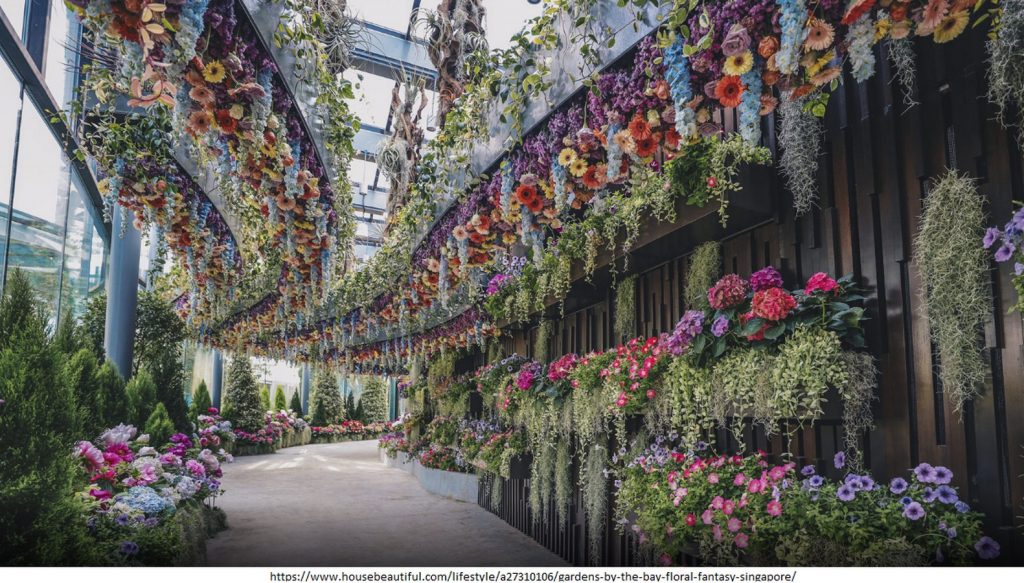
5.Esplanade-
Esplanade- theatre on the bay, is a performing arts center comprising of a theatre and a concert hall. Even though Singapore has many buildings with distinctive architecture, Esplanade manages to stand out due to its eye catching design. Its twin structures comprise of space frames fitted with triangular aluminum sunshades, which makes it look like a Durian- A tropical fruit unique to Singapore.


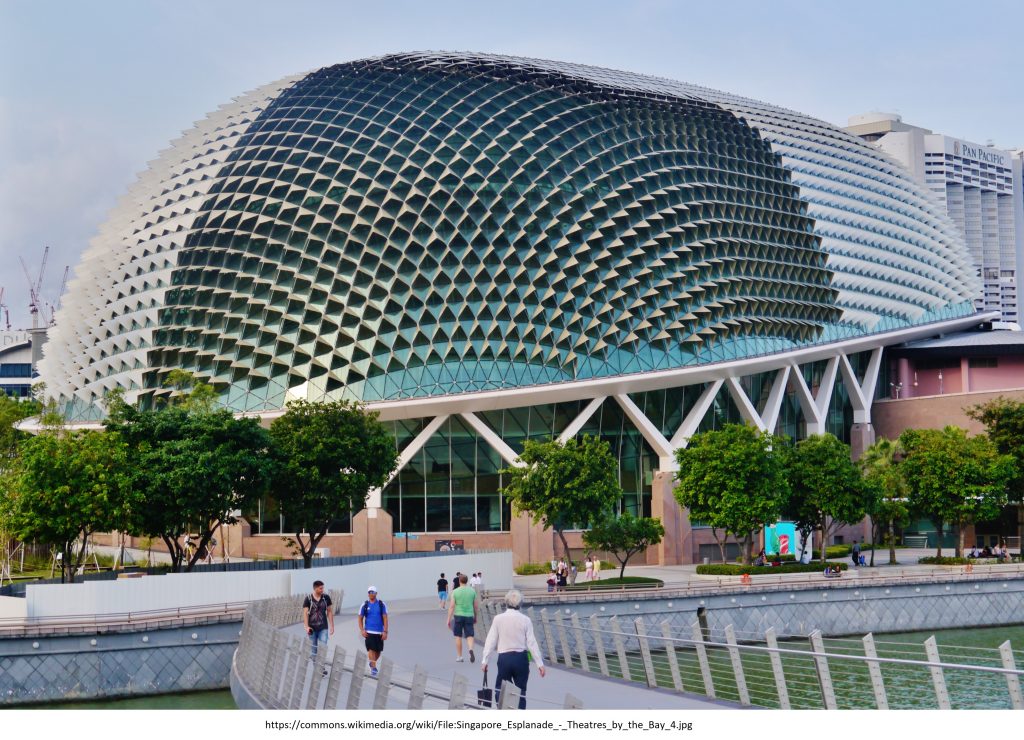
6.National Museum-
It is the oldest museum of Singapore, designed in Neo Palladian and Renaissance style architecture. Its exhibits showcase the history of Singapore making it a national monument of the city. Its structure consists of two rectangular blocks comprising of two rotundas with the newer one made in glass. It is one of the 4 national museums of Singapore.



7.Park Royal on Pickering-
Designed as a hotel-in-a-garden, Park Royal on Pickering is a luxury hotel with 15000 acres of elevated terrace gardens. The hotel features extensive greenery incorporated in form of green walls, water features and sky gardens. Moreover the hotel is self-sustaining through the usage of solar panels and techniques like rainwater harvesting.



8.Thian Hock Keng Temple-
It is the oldest temple of the hokkien people in Singapore. It is designed in the traditional Chinese design with three halls and a main courtyard. Dragons and other decorative motifs are present in the entrance and main hall. The temple is richly decorated with colored tiles, gold lacquered wood and gilded beams. It is one of the national monuments of Singapore.



9.Cathay Building-
Having a significant historic importance, Cathay Building is considered the first skyscraper of Singapore. It was made in an art deco style with its façade including geometric forms and patterns. Now much of the building has been turned into a glass clad structure with the exception of its façade and it still serves as an important entertainment venue.


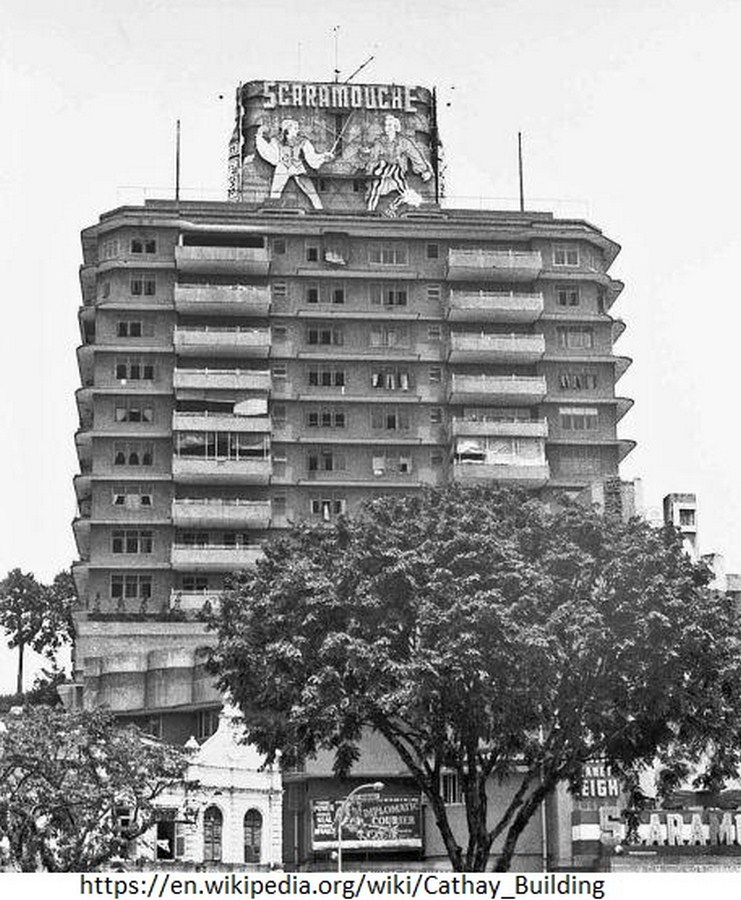
10.Pearl Bank Apartments-
The tallest residential building in Singapore at the time it was completed; Pearl Bank Apartments is a 38 story high rise building resembling a horse shoe. Its horse shoe cylindrical shape allows for proper ventilation, daylight and scenic views for all apartment units. Its architectural style is dubbed as Brutalist with originally raw concrete façade which was later painted.



11.OCBC Center-
OCBC Center was the tallest building in south east Asia when it was built in 1976. Designed in a brutalist style, it is a 52-story skyscraper which currently serves as the headquarters of the OCBC bank. The building has been nicknamed the calculator due to its flat shape and windows which look like button pads.



12.The Interlace-
Deemed as the World Building of the Year in 2015, The Interlace is a 1000 unit apartment building with apartment blocks stacked irregularly upon each other. It breaks away from the usual vertical typology of layout and instead consists of six story blocks staggered in hexagonal arrangement surrounding eight courtyards to promote communal living.



13.Reflections at Keppel Bay-
Designed by architect Daniel Libeskind, Reflections at Keppel Bay is a luxury residential complex which consists of 6 residential curved glass towers. Alternating between 24 and 41 story high, the six glazed residential towers feature rooftop gardens and are connected to one another by elevated bridges.



14.Jewel Changi Airport-
Jewel Changi is a nature themed entertainment complex located near Jewel Changi Airport. Its most distinctive feature is the world’s tallest indoor waterfall which is surrounded by a terraced forest setting. It has a toroidal glass and steel façade designed by Moshe Safdie who envisioned it as a marketplace and an urban park.



15.The Hive-
Known as the Dim Sum Basket, The Hive is a learning Hub located inside the Nanyang Technological University. The building consists of 12 eight-story towers arranged around a public atrium. The building’s open and permeable atrium is naturally ventilated, maximizing air circulation around the towers of tutorial rooms.






















































